A facelift– it can look incredible or not so good. We’ve all seen celebrities with bad facelifts in the media, but what if it’s you that’s had a bad experience? As you can imagine, it can be emotionally devastating I mean, it’s your face and it’s hard to hide! Maybe the facelift didn’t last as long as you thought, or maybe it was never what you planned on at all.
by Carolynn Grimes
The Plastic Surgery Channel
Revision Facelifts
Dr. Sam Hamra in Dallas, Texas, is a board certified plastic surgeon and specializes is revision facelifts. He even wrote a book about it, called, “The Facelift Letdown”. It’s about the disappointment people feel when their facelift didn’t go as expected.
This is what exactly what happened to Gail when she got her first facelift 15 years ago. We caught up with Gail at Dr. Hamra’s office when she came in for a follow-up on her revision facelift. “The first facelift looked really good for a short time and then it went downhill quickly. Everything had fallen. I looked sour and I looked angry and mad when I really wasn’t,” says Gail. She knows first-hand about the “facelift letdown”. “You just think, how did this happen? The time, the expense, the emotional investment. It was very hard.”
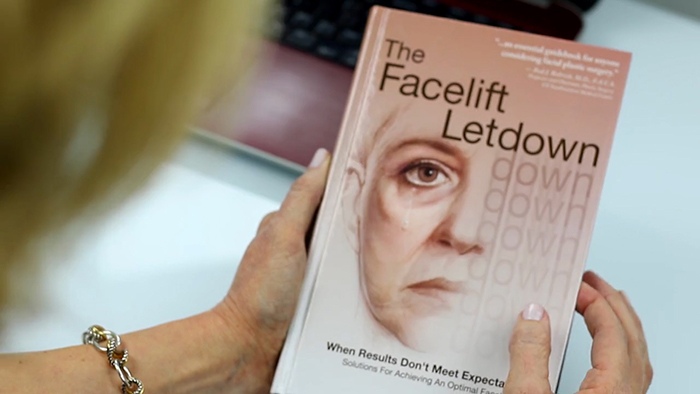
Gail began researching facelifts on line and eventually found herself at Dr. Hamra’s office hoping he could help. Dr. Hamra performed her revision facelift seven years ago and so far, she’s still loving the results.
Know the Buzz Words
“The key is the obligation of the patient. It’s your face and you need to know why you don’t look so good and do your research, says Hamra. Know the buzzwords: pixie ear, hollowed eye, and lateral pull. Once a patient knows what they have, they can interview different surgeons and say, ‘can you fix my pixie ear, my lateral sweep and my hollow eye’? The surgeon will then know they are an informed patient.”
Dr. Hamra was the first plastic surgeon to document the tell-tale signs of a bad facelift:
- The lateral pull to the side, or the “wind-swept” look.
- The distorted ear that’s pulled down, otherwise known as the “pixie ear”.
- The hollowed eye where too much fat was removed.
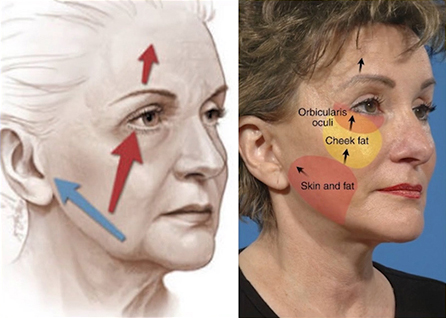
Traditional vs. Composite Facelift
These results are sometimes due to a traditional facelift approach of pulling laterally. Dr. Hamra’s approach is called the composite facelift which pulls up, repositioning the entire face. In addition to pulling the face up, the composite facelift also addresses the elements underneath your features – the cheek fat and the lower eyelid muscle are lifted with the skin. “While the cheek fat is preserved and moved up, the excess fat along the jawline giving the ‘jowl’ appearance must be removed,” states Hamra.
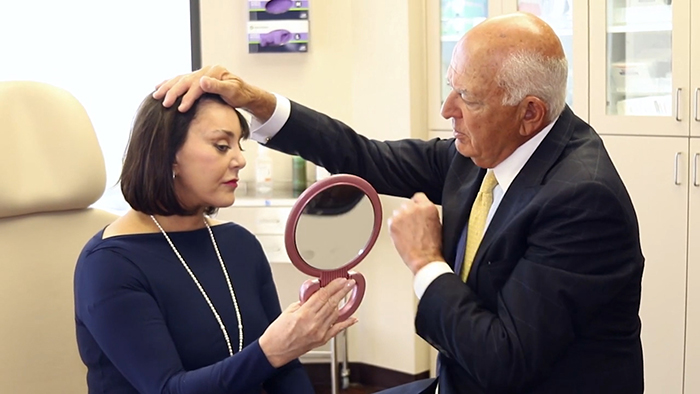
With this ground-breaking approach, Hamra says he can reverse the facelift stigma and give patients a natural look. “I was at a party recently and someone said, ‘you have the most beautiful skin’, of course that always make you feel good. And of course I have a little secret as to why it looks good,” laughs Gail. She’s a business professional and wants to stay looking as young as possible to stay relevant in her work. She no longer has “facelift letdown” and no tell-tale signs of a bad face lift.




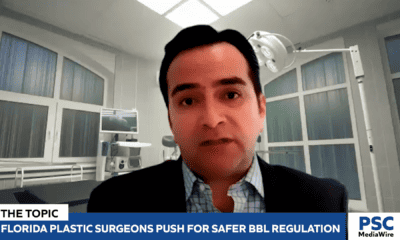
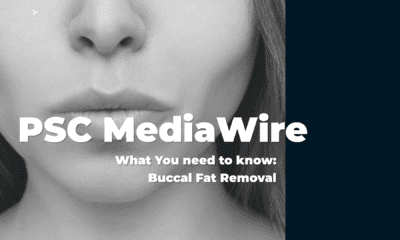


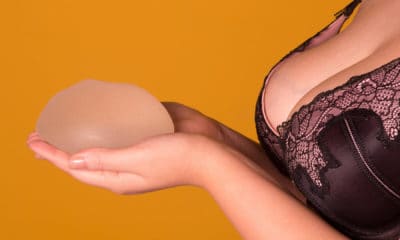
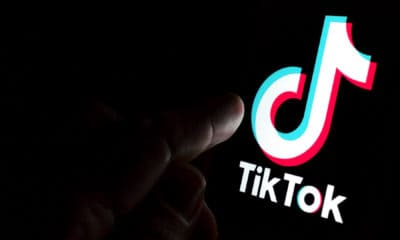




Facebook
Twitter
Instagram
YouTube
RSS